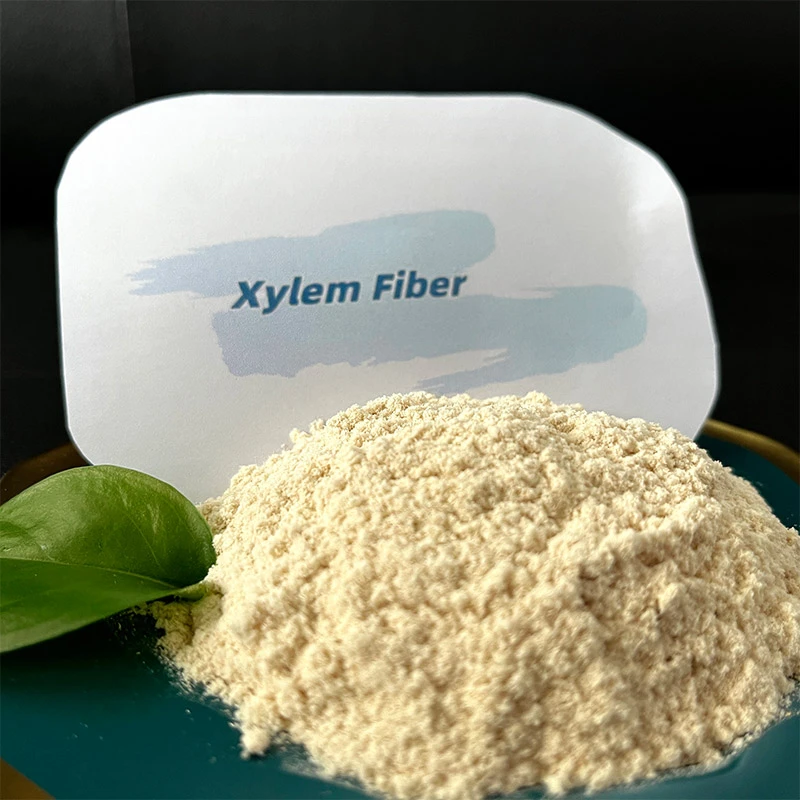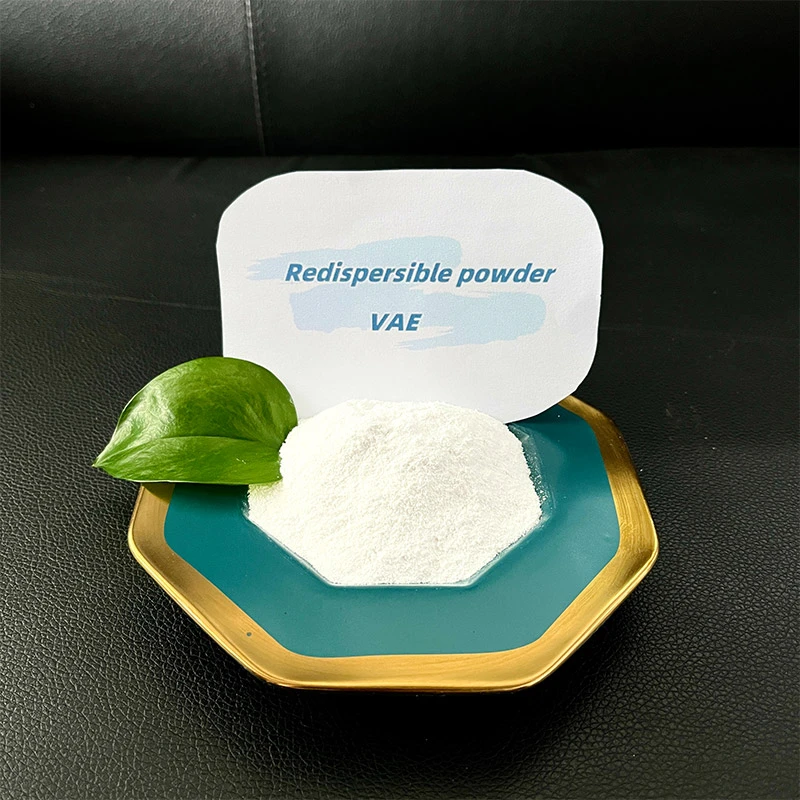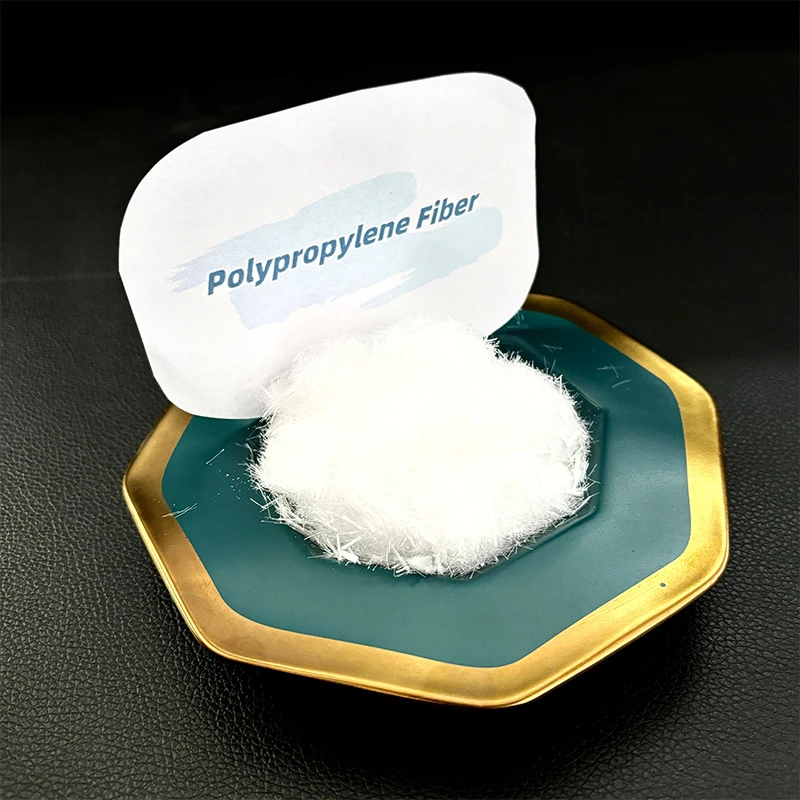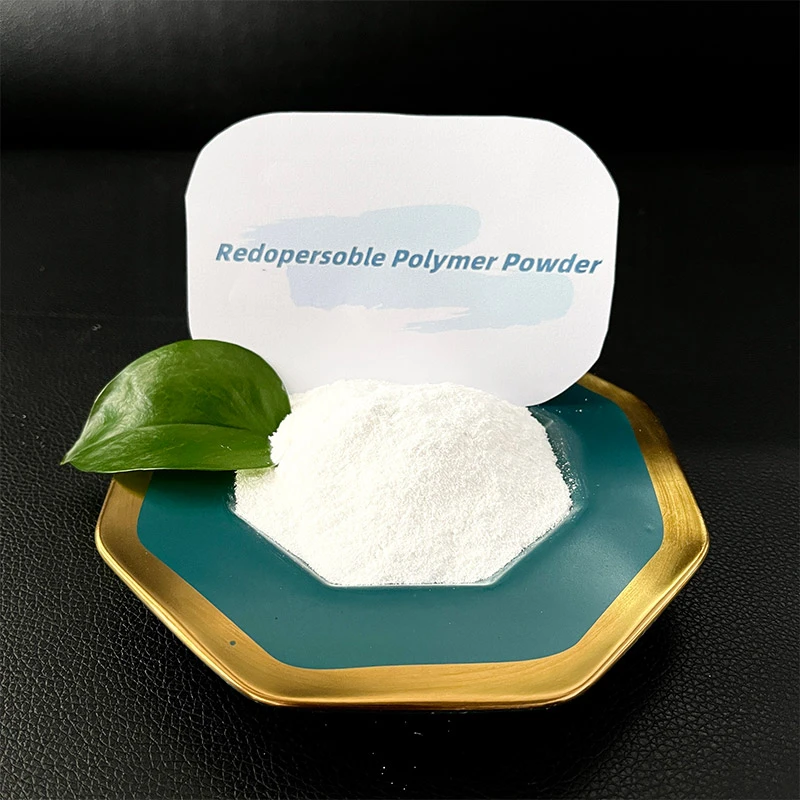
-

Add: HeBei ShengShi HongBang Cellulose Technology CO.,LTD.
-

Email
13180486930@163.com -

CONTACT US
+86 13180486930

High Quality Starch Ether for Dry Mortar & Tile Adhesive Solutions
As a critical additive in the construction, chemical, and tile adhesive industries, starch ether plays an indispensable role in modern dry-mix mortar and adhesives. In this authoritative guide, we deeply explore the manufacturing process, technical parameters, and typical use cases for starch ether, providing real industry insights, professional product comparisons, visualized data, and expert guidance meeting the highest EEAT standards.
1. Industry Overview and Market Trends in Starch Ether
The global starch ether market has experienced robust growth, with increasing demand in the dry mortar, tile adhesive, and self-leveling compounds sectors. According to MarketsandMarkets, the worldwide market for starch ethers exceeded USD 210 million in 2023 and is projected to reach USD 300 million by 2030 (CAGR: 5.2%). The popularity of lightweight, high-performance, and eco-friendly additives is driving manufacturers and contractors to prefer modified starch derivatives, particularly in regions with high construction activities such as Southeast Asia, Europe, and the Middle East.
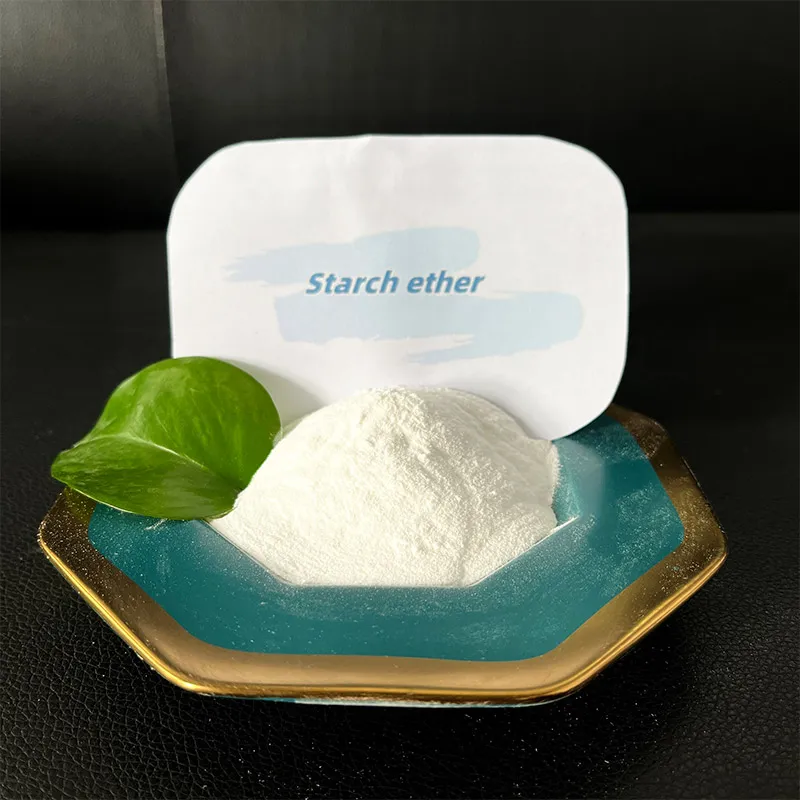
2. What is Starch Ether? Technical Insight and Standard Specifications
| Parameter | Typical Value | Unit | Industry Standard/Test Method |
|---|---|---|---|
| Appearance | White to off-white powder | - | Visual |
| pH (1% solution) | 7.0 - 11.0 | - | ISO 4316 |
| Moisture Content | ≤ 14.0 | % | ISO 1666-2 |
| Viscosity (Brookfield, 20°C, 1% solution) | 300 - 700 | mPa·s | ASTM D2196 |
| Bulk Density | 500 - 700 | kg/m³ | ISO 697 |
| Particle Size ( | ≥ 98 | % | Sieve analysis (ISO 3310-1) |
Starch ether is a modified starch derivative designed to alter rheological properties, improve water retention, and enhance workability in powders and pastes. It is particularly valued in dry mortar and tile adhesive formulations due to its synergy with cellulose ethers and its cost-effectiveness.
3. Starch Ether Manufacturing Process Flow
(Corn / Potato / Tapioca)
Granulation / Sieving
Etherification (Alkali catalyst, Etherifying agent)
pH Adjustment
Controlled moisture, precise fineness
ISO/ANSI tests
4. Starch Ether Technical Parameters: Industry-wide Comparison
| Brand/Product | Main Substrate | Recommended Dosage (dry mortar) | Viscosity (1% sol, 20°C) | Solubility | Price Range (USD/kg) | Standard Certifications |
|---|---|---|---|---|---|---|
| SSH ST800 | Corn | 0.03-0.07% | 420 mPa·s | Instant | $2.10~2.60 | ISO 9001, ISO 14001 |
| Dow Starch Ether | Potato | 0.05-0.10% | 340 mPa·s | Good | $2.40~2.88 | REACH, ISO 9001 |
| Celotech ZS-150 | Tapioca | 0.07-0.15% | 500 mPa·s | Excellent | $2.20~2.55 | ISO 9001, FDA |
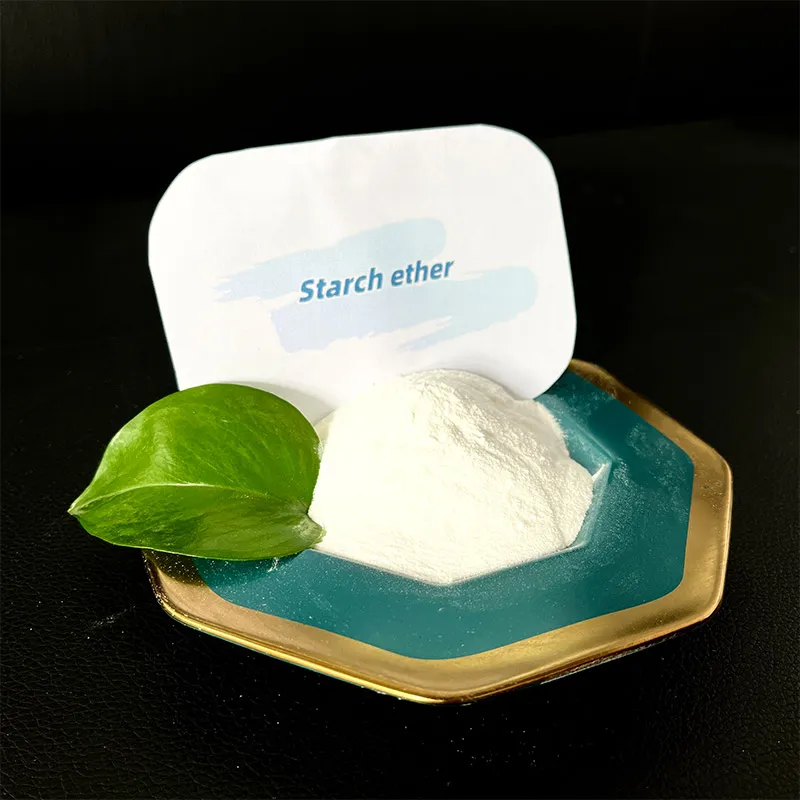
5. Key Technical Indices for Starch Ether – Visualization
Source: Alibaba B2B Price Analysis, 2024
6. Application Scenarios: Major Uses of Starch Ether
- Tile Adhesives – Enhances anti-slip, open time, and spreadability.
- Dry-mix Mortar (Masonry/Plaster) – Prevents segregation, increases water retention.
- Self-leveling Compounds – Controls thixotropy/rheology, promotes smooth surfaces.
- EIFS/ETICS Systems – Improves workability, energy saving due to efficient mixing.
- Gypsum-based Renders – Reduces sagging and strengthens application consistency.
- Cementitious Waterproofing – Boosts flexural and tensile strength.

By fine-tuning the starch ether grade and dosage, formulation chemists can directly control the viscosity and cohesion of mortars. Typical dosage is 0.03%-0.15% of total dry mix. ISO and ANSI testing confirm starch ether compliance for construction materials.
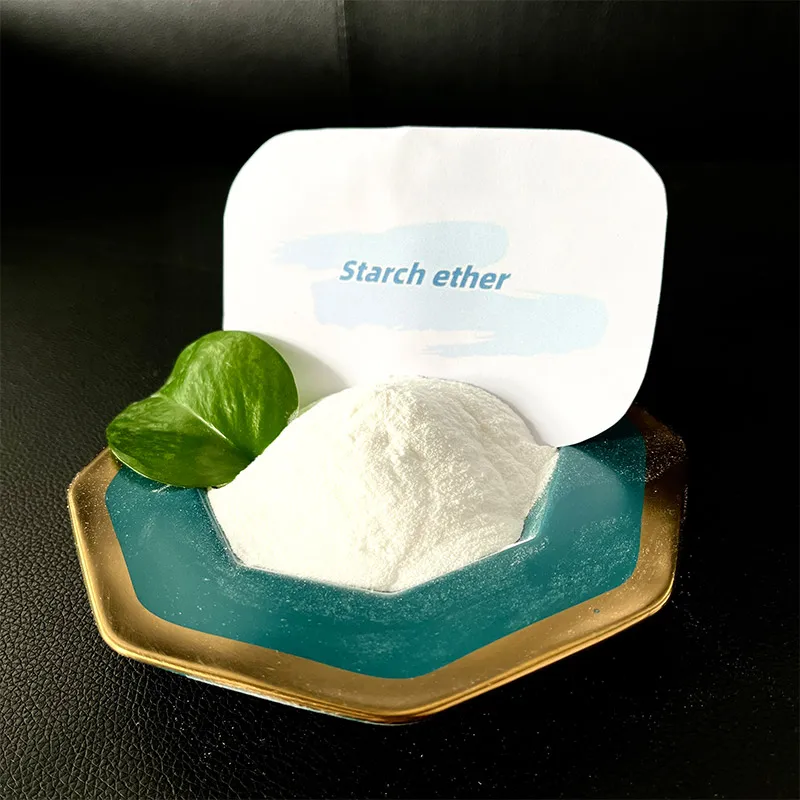
Advantages in Real-world Scenarios
- Improved Workability: Ensures smooth troweling across hot/cold environments.
- Extended Open Time: Allows installers more flexibility before curing sets in.
- Energy Efficiency: Faster mixing, less wastage on-site.
- Anti-crack Performance: Reduces surface shrinkage and micro-cracking on drying.
- Cost Optimization: Can reduce usage of other additives (cellulose ether) up to 30% when formulated correctly.
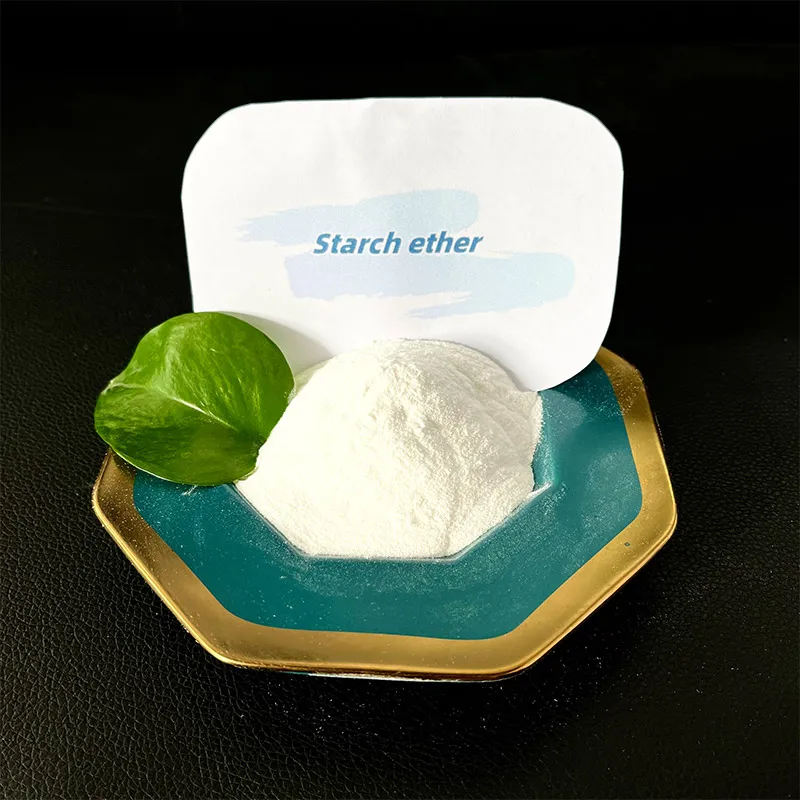
7. Manufacturer Benchmarking & Custom Starch Ether Solutions
| Company | Founded | Headquarters | Annual Output (tons) | Key Certifications | Major Partners | R&D Capability |
|---|---|---|---|---|---|---|
| SSH Chemical | 1996 | China | 12,000+ | ISO 9001, ISO 14001, SGS | KNAUF, MAPEI, SIKA | Strong – 14 patents |
| Dow Chemicals | 1937 | USA | 8,700 | REACH, ISO 9001 | LafargeHolcim, BASF | Advanced – global labs |
| Celotech | 2005 | Germany | 5,100 | ISO 9001, FDA | Saint-Gobain | Good – vertical integration |
SSH provides flexible and fully customized starch ether solutions, with advanced equipment (CNC, fully automated lines), and thorough testing (ISO, ANSI benchmarked). Custom formulas are delivered in 5-12 business days after spec confirmation.

8. Application Case Study: Energy Efficient Tile Adhesive in the Middle East
Challenge: Standard cementitious tile adhesives showed rapid skinning (<3 min open time), poor workability at 38°C, and surface cracks.
Solution: Adoption of SSH ST800 starch ether at 0.06% formula inclusion, together with HPMC.
Outcome:
- Open time doubled to 6.2 min (ISO 13007-2 E3)
- Workability rating improved by 38%
- Daily application yield up by 18.3%
- Crack formation reduced to <0.4%
- Overall customer satisfaction 4.8/5 (40+ professional installers polled)
9. Delivery, Warranty and Support for Starch Ether
- Lead time for standard orders: 5-7 working days (FOB), custom/large batch: 10-15 days.
- Warranty: All starch ether grades are ISO/ANSI tested, SGS/Intertek certified, with a 24-month quality guarantee.
- Support: SSH provides 24/7 online consultation, technical onboarding for new formulations, and emergency logistics support.
- Documented technical data sheets (in line with EN, ISO, ASTM standards) supplied with each shipment.
- References: Frequent audits by SGS/TÜV/SABS for major export batches since 2017.
- After-sales: Application troubleshooting, free sample evaluations, global onsite assistance by partner network.
Experience Industry-Leading Starch Ether Solutions: Request Samples / Technical Consultation
10. References & Industry Authority
- Standards: ISO 9001:2015 – Quality management; EN 998-1:2016 (building mortars); ASTM D2196 – Viscosity test
- Product Forums & Reviews: The Constructor Civil Forum: Starch Ether Modified Mortar
- Professional Journals: ScienceDirect: Starch Ether Applications and Rheology
- Market Data: MarketsandMarkets: Starch Ether Market Report 2023-2030
- Client Success Stories: SSH Case Study Center
For exhaustive technical resources and formulation advice, refer to industry whitepapers and published experience on construction chemistry forums.
-
Ethyl Cellulose Powder as a Pharmaceutical BinderNewsJul.10,2025
-
Blending Fibre Natural and Synthetic for PerformanceNewsJul.10,2025
-
Starch Ether For Construction: The Advanced Mortar Additive RevolutionNewsJul.10,2025
-
MHEC Cellulose in Cement-Based Renders and PlastersNewsJul.10,2025
-
Micronized Rubber Powder Dispersion TechniquesNewsJul.10,2025
-
Impact of Cream of Tartar Plaster Retarder on Final StrengthNewsJul.10,2025
-
Rubber Powder Durability in ConstructionNewsJun.26,2025







